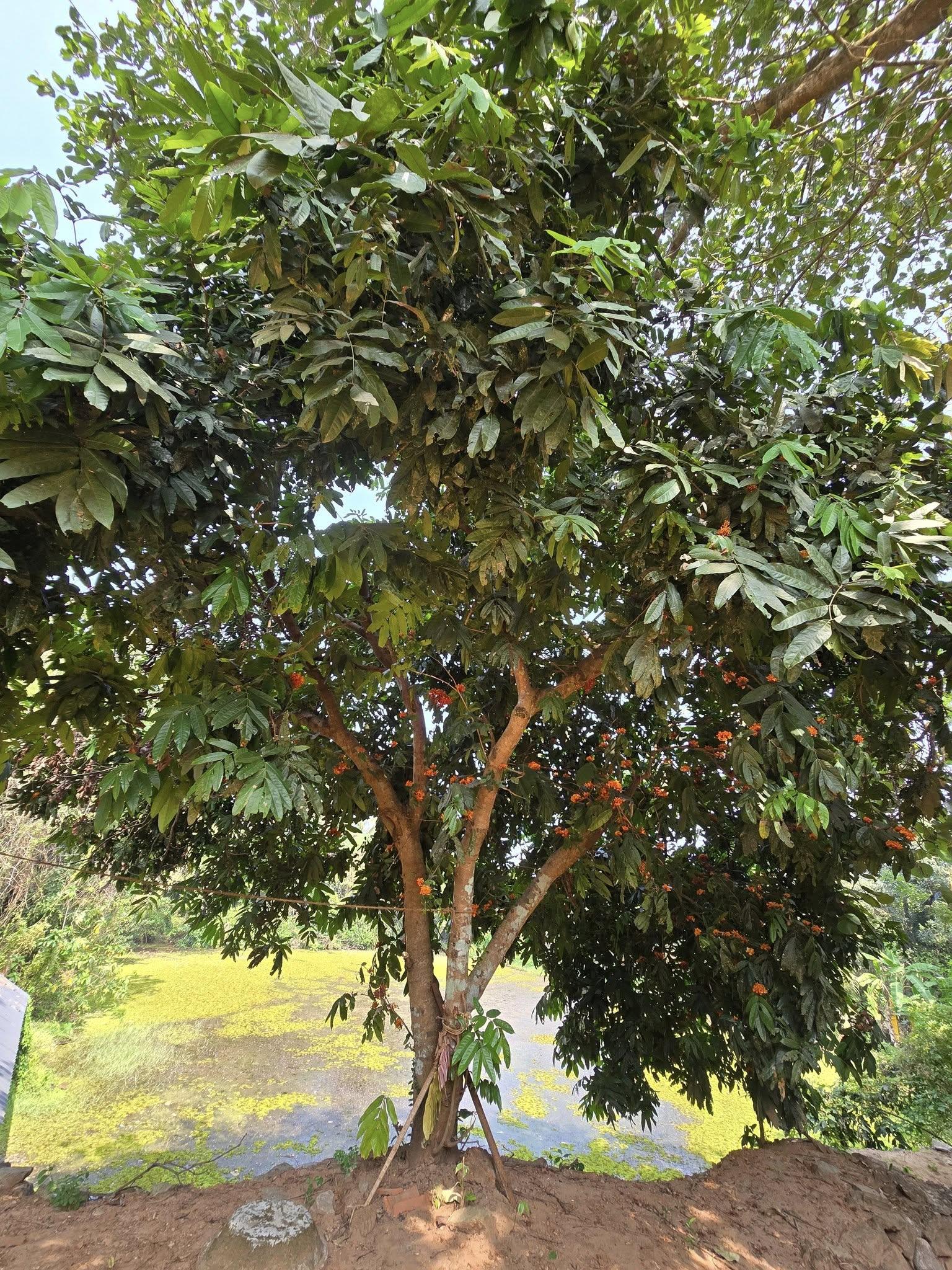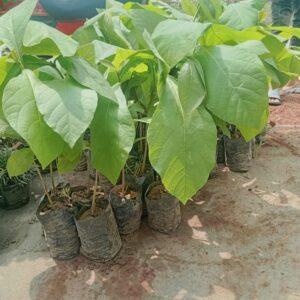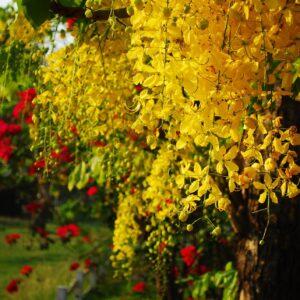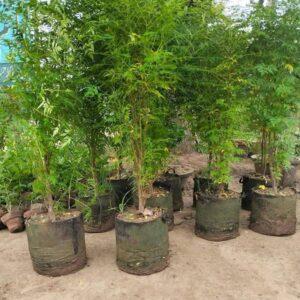The Ashoka tree is a beautiful and culturally significant evergreen tree native to the Indian subcontinent. It is admired for its lush foliage, fragrant flowers, and spiritual symbolism in Hindu and Buddhist traditions.
**Description**
– Scientific name: Saraca asoca
– Common names: Ashoka, Sita Ashoka, sorrowless tree
– Height: Typically grows 6 to 10 meters, sometimes taller in favorable conditions
– Leaves: Glossy, dark green, and lance-shaped; young leaves emerge reddish or coppery
– Flowers: Bright orange-yellow turning red with age, fragrant, and bloom in dense clusters from February to April
– Fruit: Flat, leathery pods containing several seeds
**Growing Conditions**
– Climate: Suited to tropical and subtropical regions
– Sunlight: Prefers full sun to partial shade
– Soil: Well-drained, fertile soil with good organic content; neutral to slightly acidic pH
– Temperature: Grows best between 16°C and 32°C
**Watering Routine**
– Young trees: Require regular watering to keep the soil consistently moist
– Mature trees: Moderate watering; increase during dry periods or flowering season
– Potted plants: Need more frequent watering and good drainage
**Uses and Significance**
– Medicinal: Widely used in Ayurvedic medicine, especially for women’s health
– Cultural: Considered sacred and often planted near temples and religious sites
– Ornamental: Popular in gardens and landscapes for its elegant appearance and vibrant blooms
The Ashoka tree is not only a symbol of peace and prosperity but also a valuable plant in traditional healing and ecological landscaping.”





Reviews
There are no reviews yet.